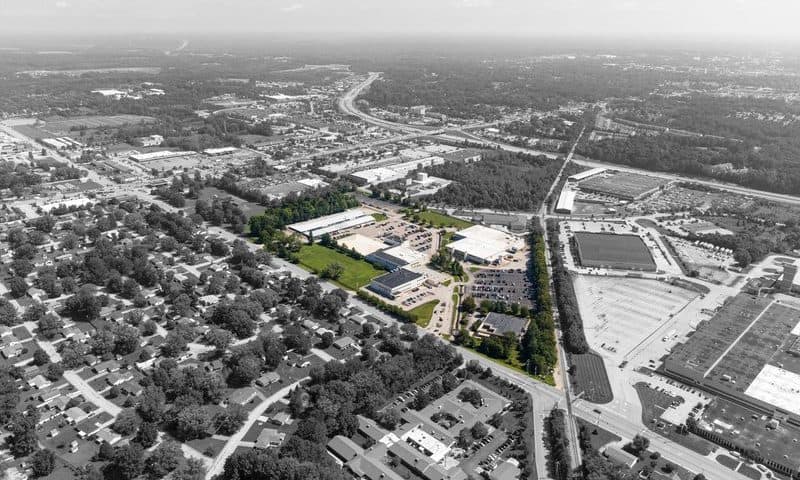After tapping Amazon Web Services to transfer all of its physical data stores to the cloud, Baxter is re-upping its long-term partnership with the goal of putting those data to work.
The revamped collaboration will center on three core areas: building new digital health tools to unlock additional insights, making its supply chain and healthcare delivery processes more efficient, and drawing deeper insights from both internal and external business operations.
One project, for example, will see Baxter expand the reach of its DoseEdge software, which works alongside hospitals’ existing pharmacy information systems to automatically manage the preparation, inspection, tracking and reporting of medications as they’re routed from a hospital’s pharmacy to the patient’s bedside.
Though DoseEdge is already widely used in the U.S., Baxter said its expanded access to Amazon’s cloud storage and computing capabilities will make it easier and faster to bring the software to new hospitals and customize it to match up with local data privacy requirements.
Baxter is also hoping to adapt more rapidly to changes in the supply chain using AWS’ analytics tools, as it did during the onset of the COVID-19 pandemic to bump up manufacturing and speed up shipping times for its continuous renal replacement therapy products to treat acute kidney injury, which quickly emerged as a common side effect of critical coronavirus cases.
On the digital tools front, the company is aiming to develop more solutions like its AWS-powered Sharesource platform, a remote patient management system currently used to monitor and adjust the treatment of nearly half of all home dialysis patients in more than 70 countries around the world.
That investment in its ongoing “digital transformation” will likely build on Baxter’s modest but steady growth as it continues to recover from the effects of the COVID pandemic on medical device sales.
In a recent earnings report, the Illinois-based company announced sales growth of about 9% on a constant currency basis for the second quarter of 2021, totaling approximately $3.1 billion. That’s a marked improvement from the same period last year, when Baxter reported a drop in sales of about 1%.
That upward trend—which the company expects to hold steady for a full-year growth rate of about 5% to 6%—was led largely by Baxter’s biopharma segment, which has been contracted to help manufacture COVID vaccines, as well as its advanced surgery and medication delivery segments, which have slowly but surely bounced back as elective surgeries and standard hospital admissions have resumed.

